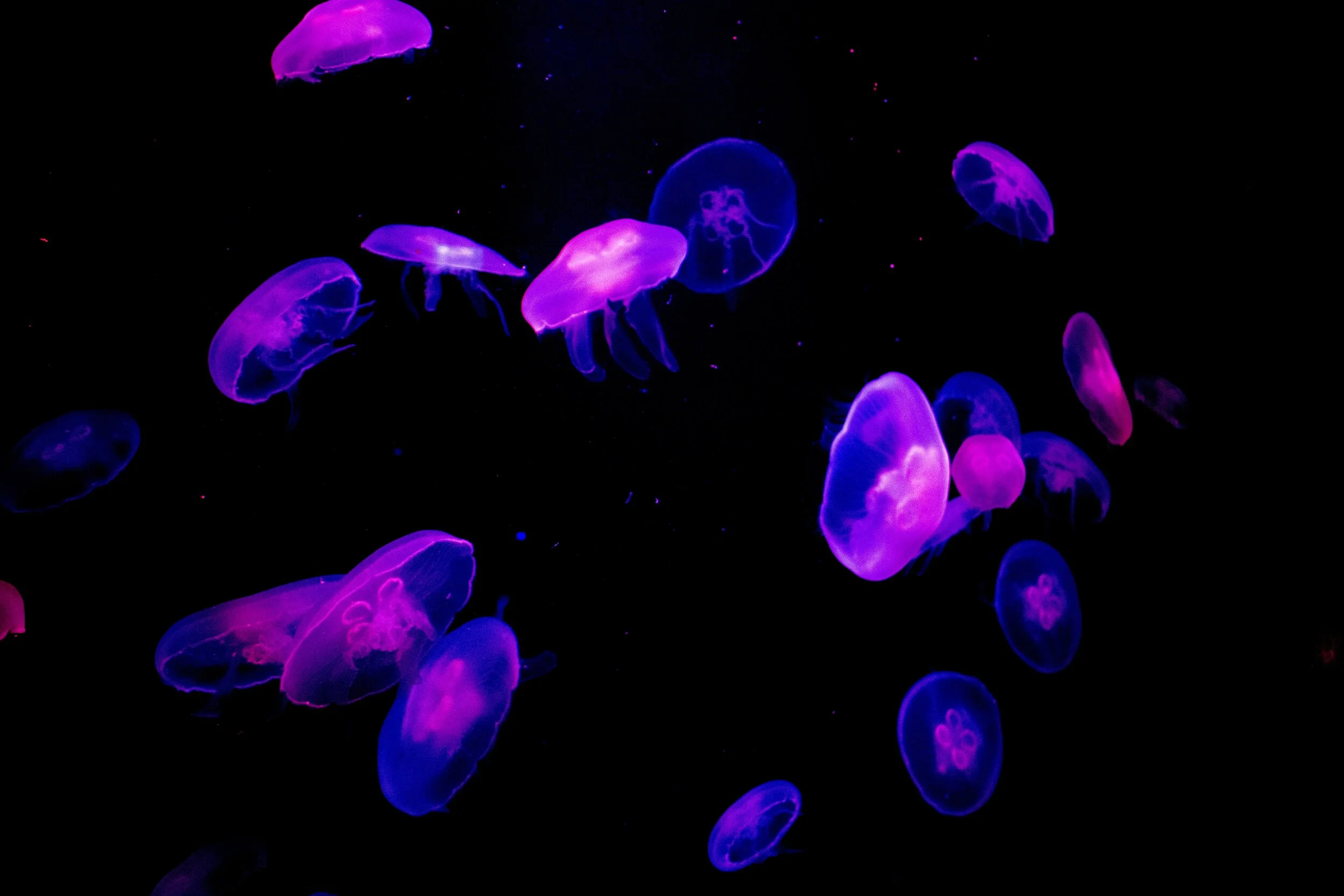
Elasticity & Scaling
Answers

Unit 22: Tensile Stress & Strain
Q22.1) 7.1 cm
Q22.2) 2.8 cm
Q22.3) 15 cm
Q22.4) 18.7 kPa
Unit 23: Shear Stress & Strain
Q23.1) 2.5 mm
Q23.2) a) 6.23 x 10⁶ N or 6.23 MN
b) 1.5 cm
Q23.3) 5/3 or 1.67
Unit 24: Torsion
Q24.1) 66.3°
Q24.2) 101 Nm
Q24.3) 2.37
Unit 25: Isometric Scaling
Q25.1) 5844 cm³
Q25.2) 43 cm
Q25.3) 286 kg
Q25.4) 69 g
Q25.5) 11
Q25.6) An object’s drag is proportional to its surface area while its weight is proportional to its volume. This means that as an object shrinks, its weight decreases faster than its drag force does. Smaller objects therefore have a smaller ratio of weight to drag and so reach equilibrium at a lower velocity.
Q25.7) Cells oxygen requirements scale like their volume (they need to supply oxygen to every part of their little cell bodies). Cells receive oxygen via diffusion through their membranes, and so their rates of oxygen intake scale like their surface area. This means that as cells grow, their oxygen requirements increase faster than their oxygen intake rate, so there must exist a maximum size to which cells can grow (without splitting).
Unit 26: Non-Isometric Scaling
Q26.1) The cost of a pizza should be proportional to its mass and therefore the square of its diameter. Scaling up the cost of the medium pizza, we find that a large pizza should cost $22.50. You therefore receive more pizza for your money if you buy one large for $20 compared to two mediums. And they say physics isn’t practical….
Q26.2) 8
Q26.3) Scaling the hummingbird up to the mass of the condor predicts a wingspan of 5m, while in reality, the condor has a wingspan of about 3m. The overestimate in the wingspan could be accounted for by the two birds’ differing methods of flying: hummingbirds rely on the rapid flapping of their wings to generate lift which gives them precise control over their position and velocity. Condors are primarily gliders; they trade off some maneuverability for efficiency and so can get away with a shorter wingspan than would be predicted by scaling up the size of a hummingbird.
